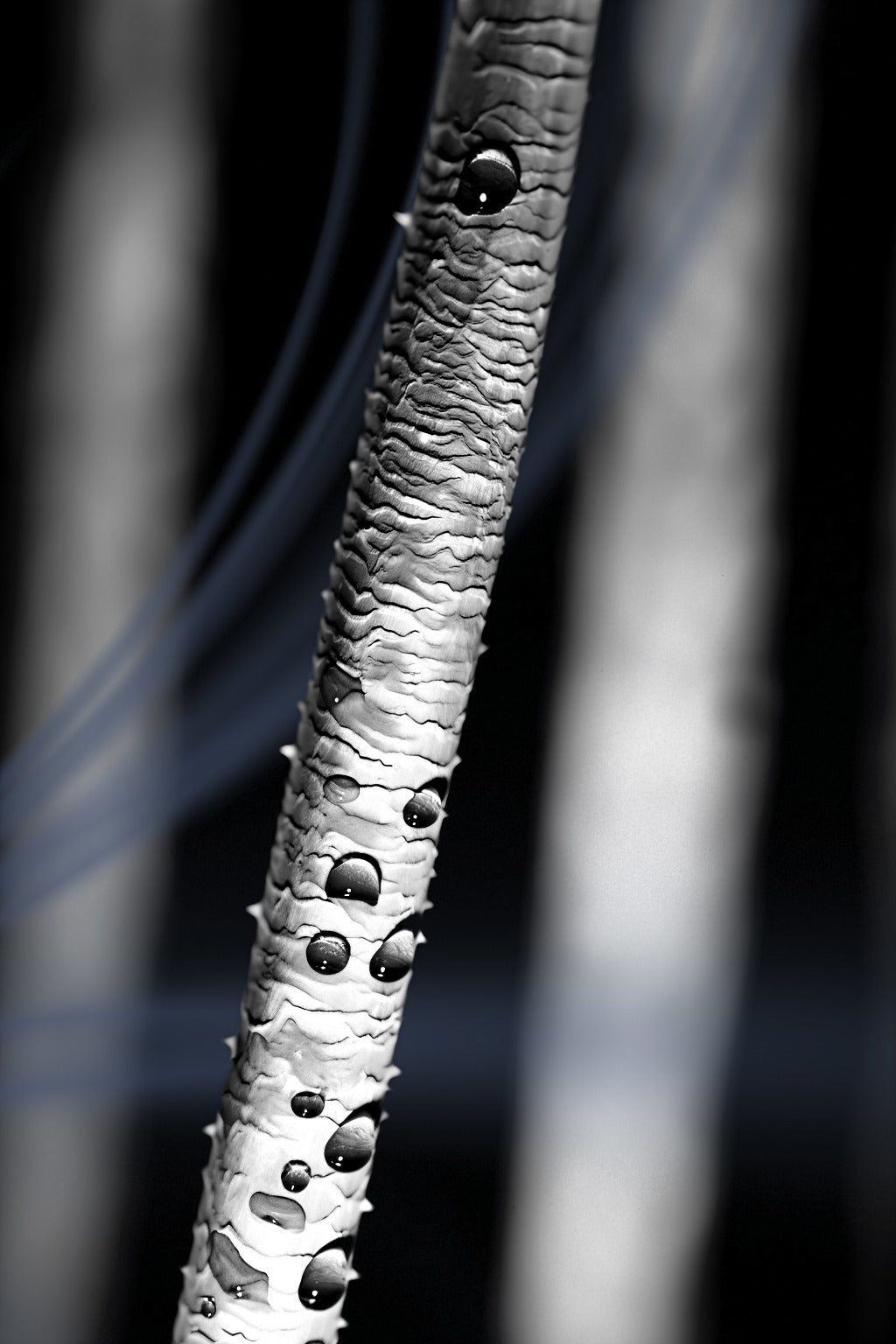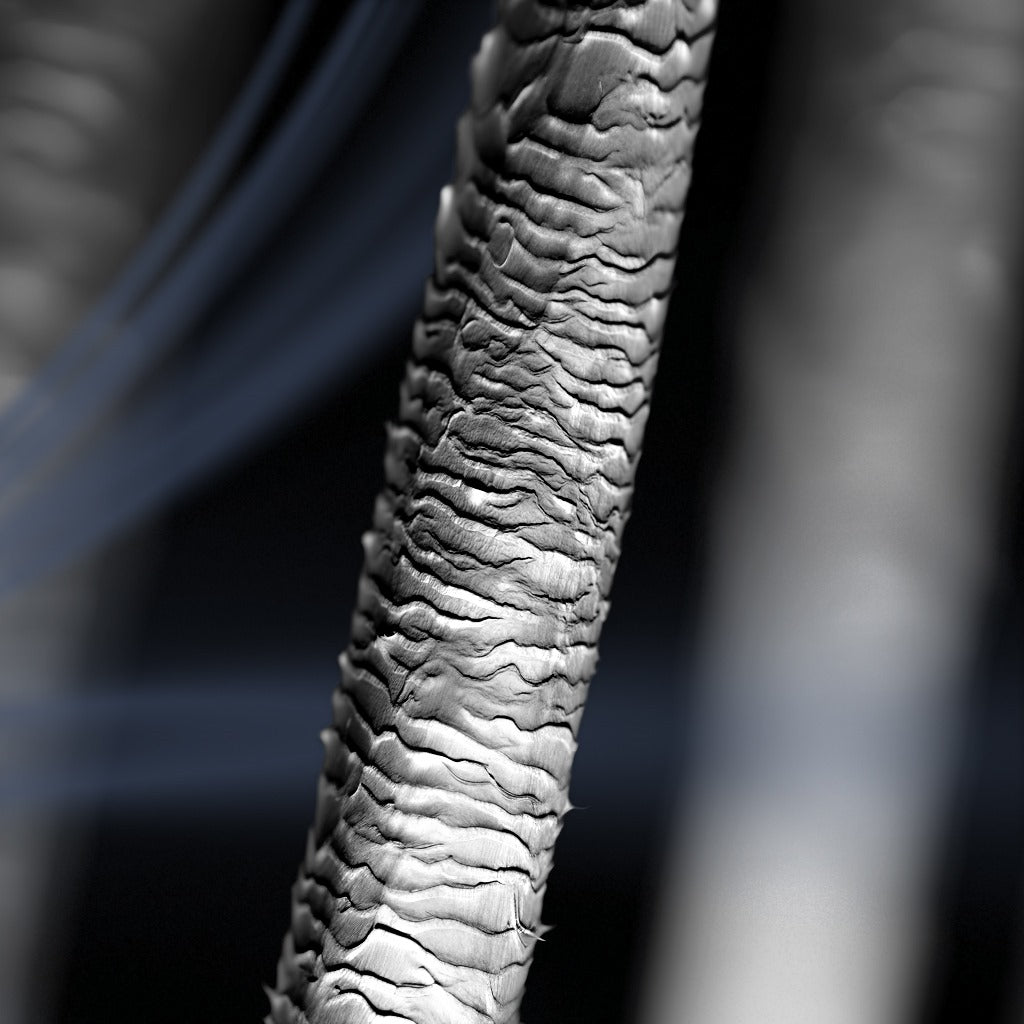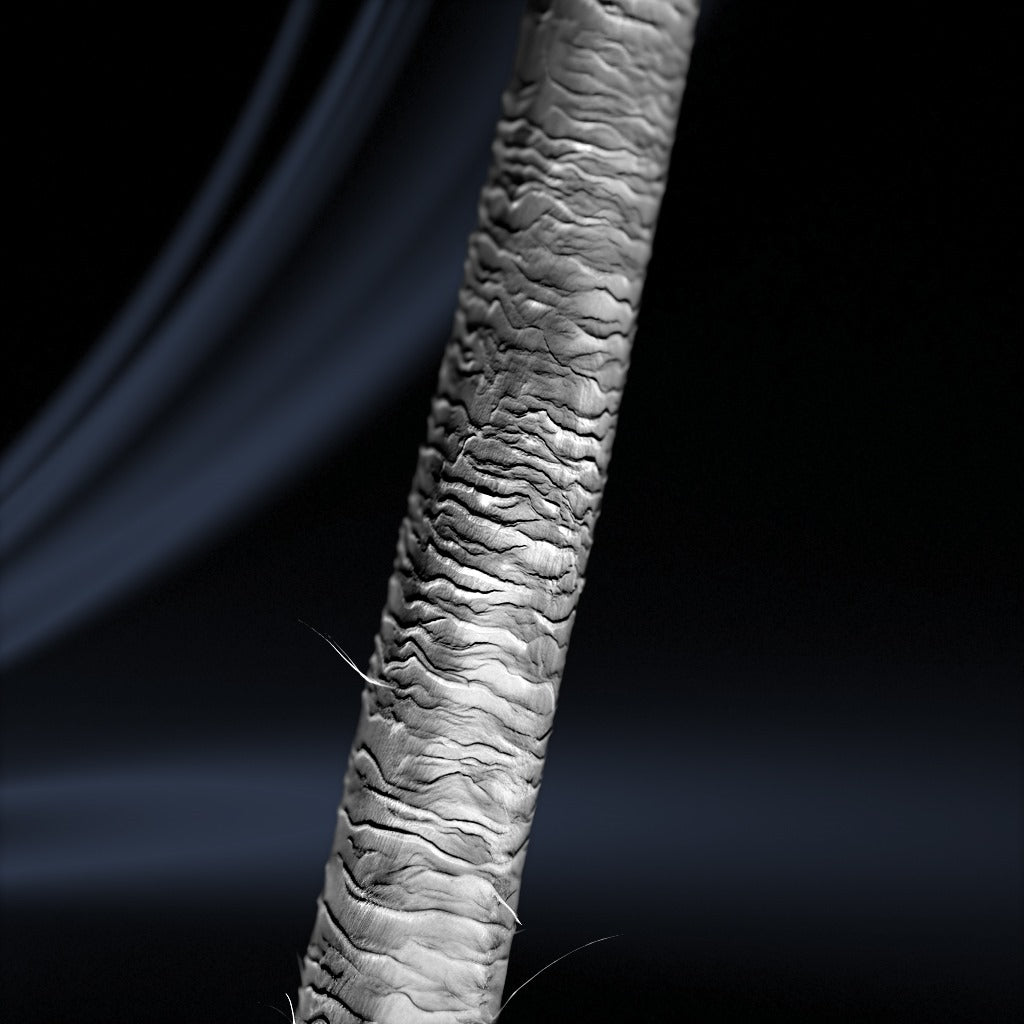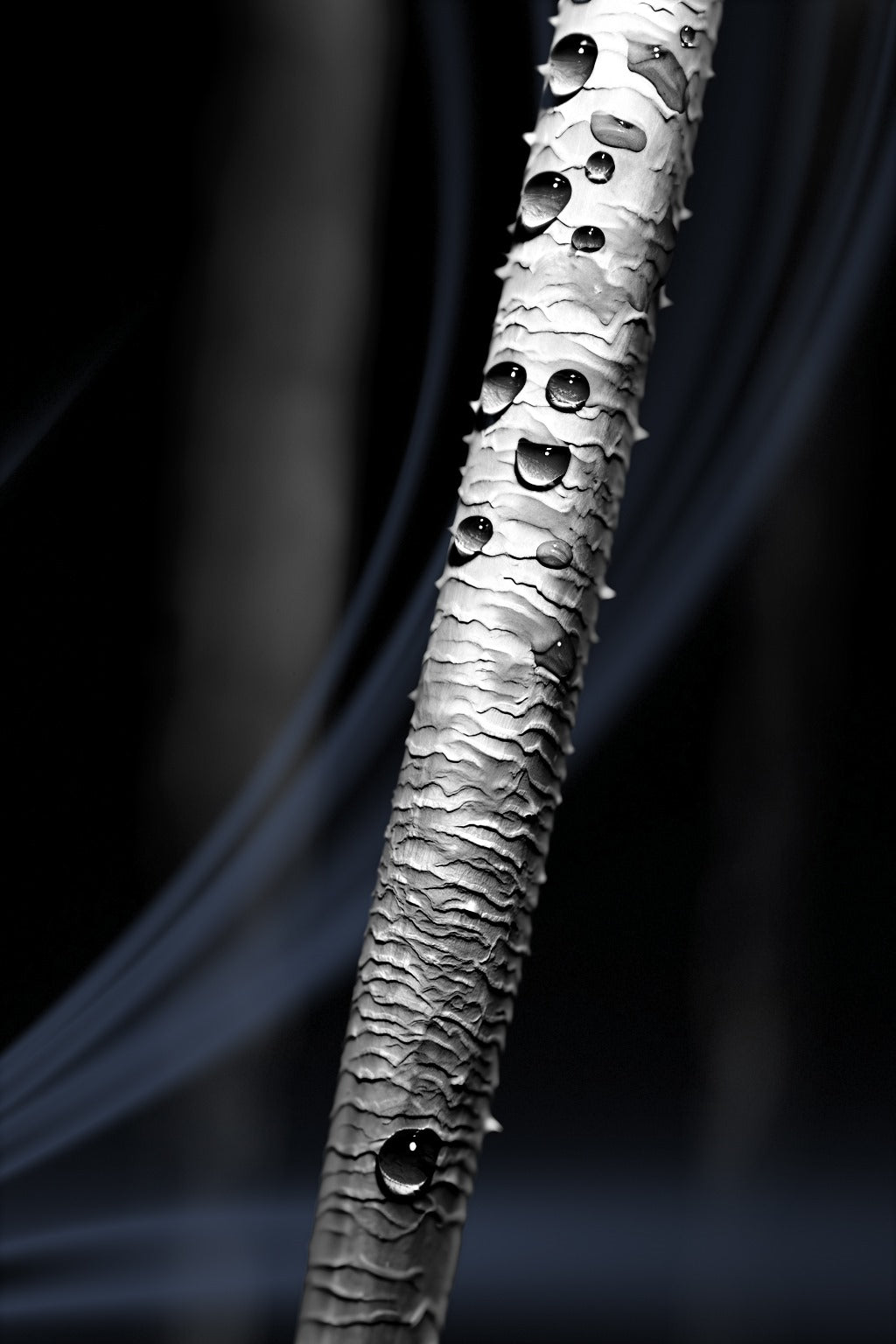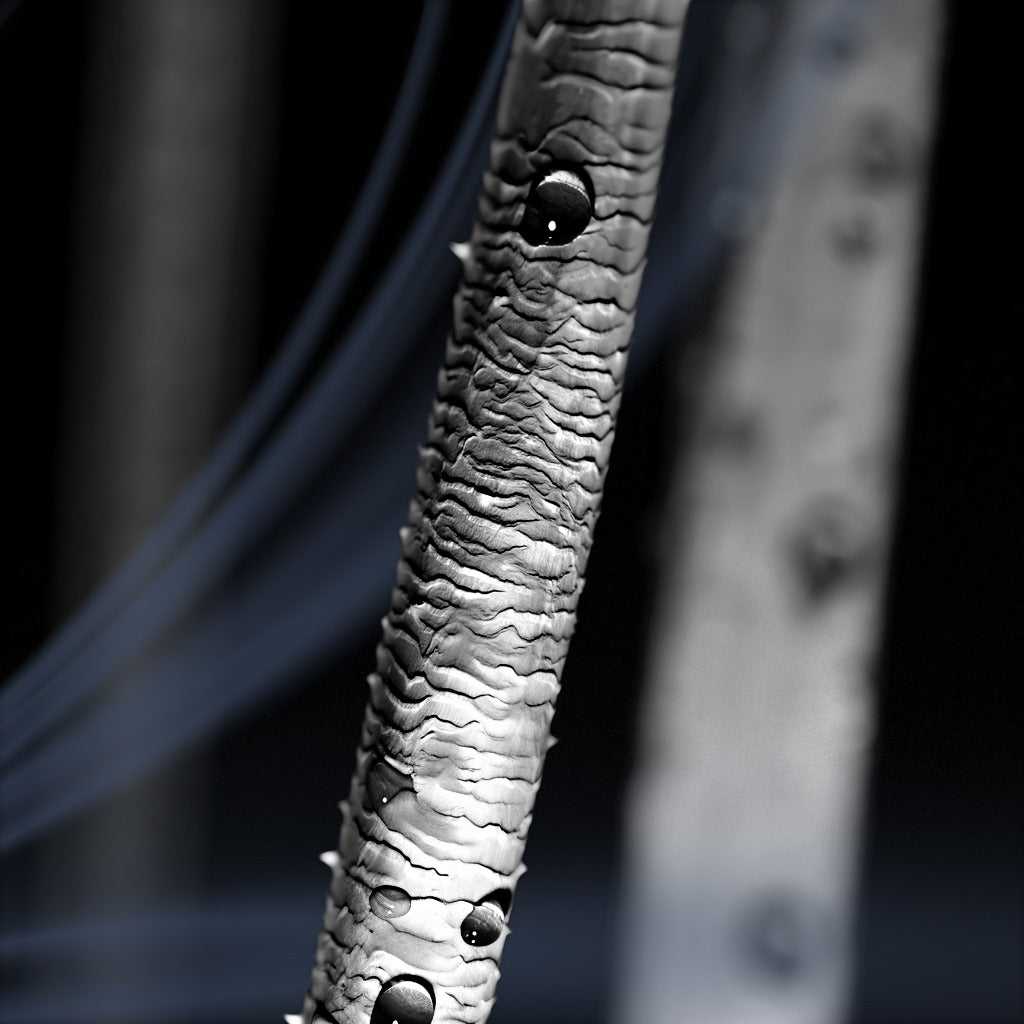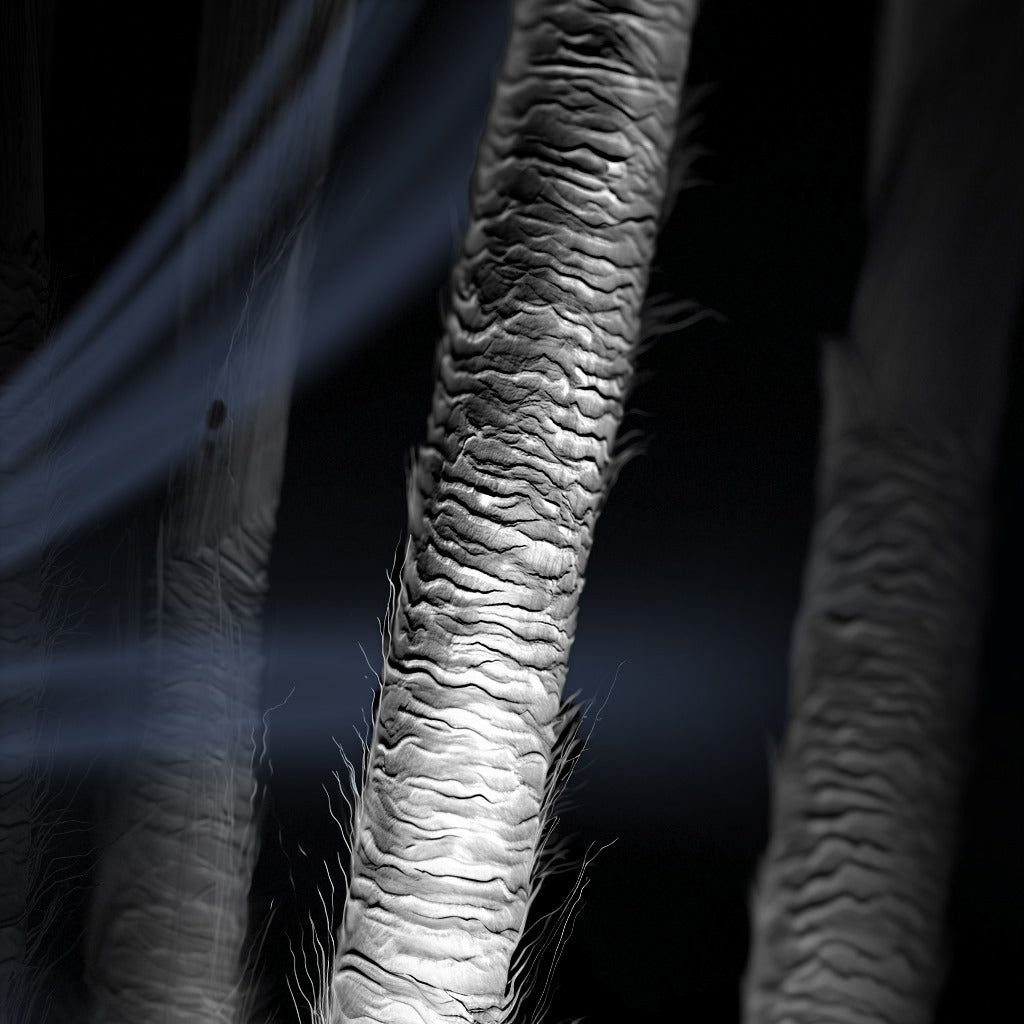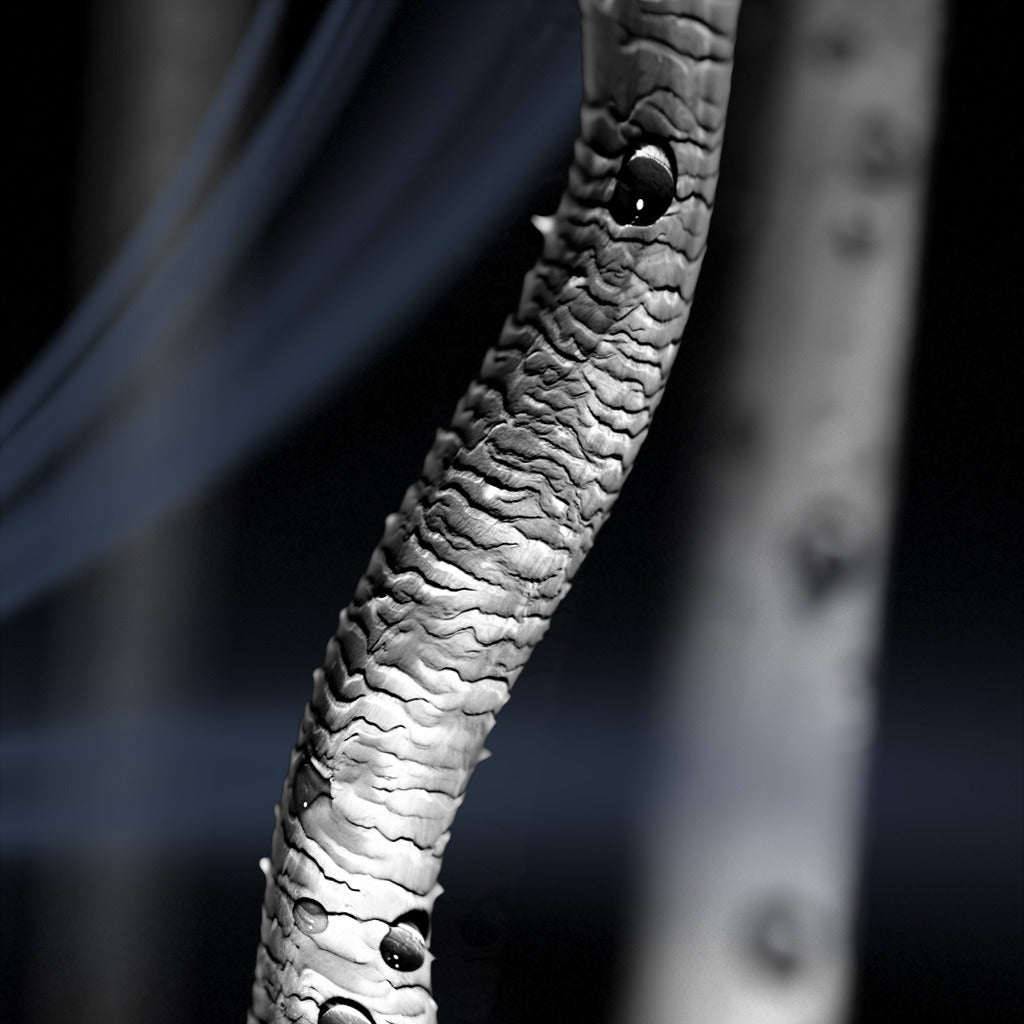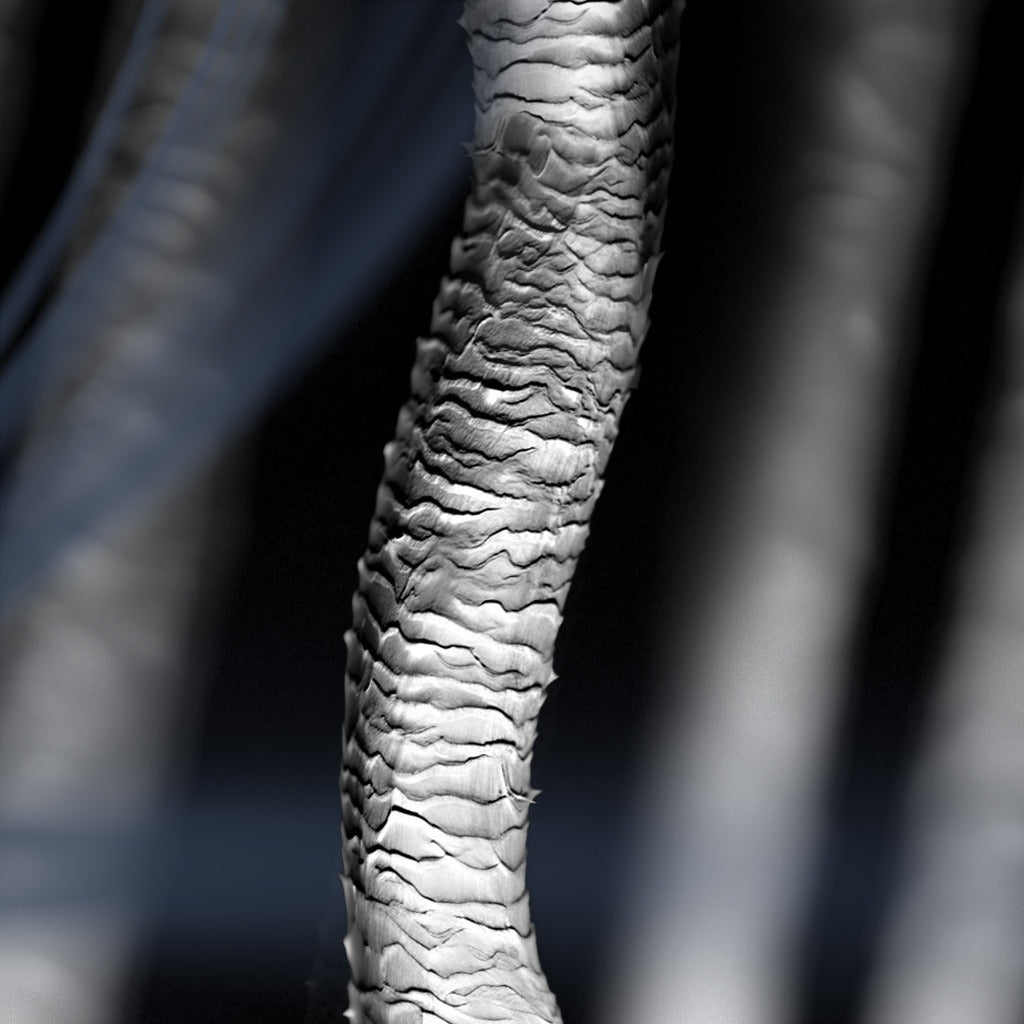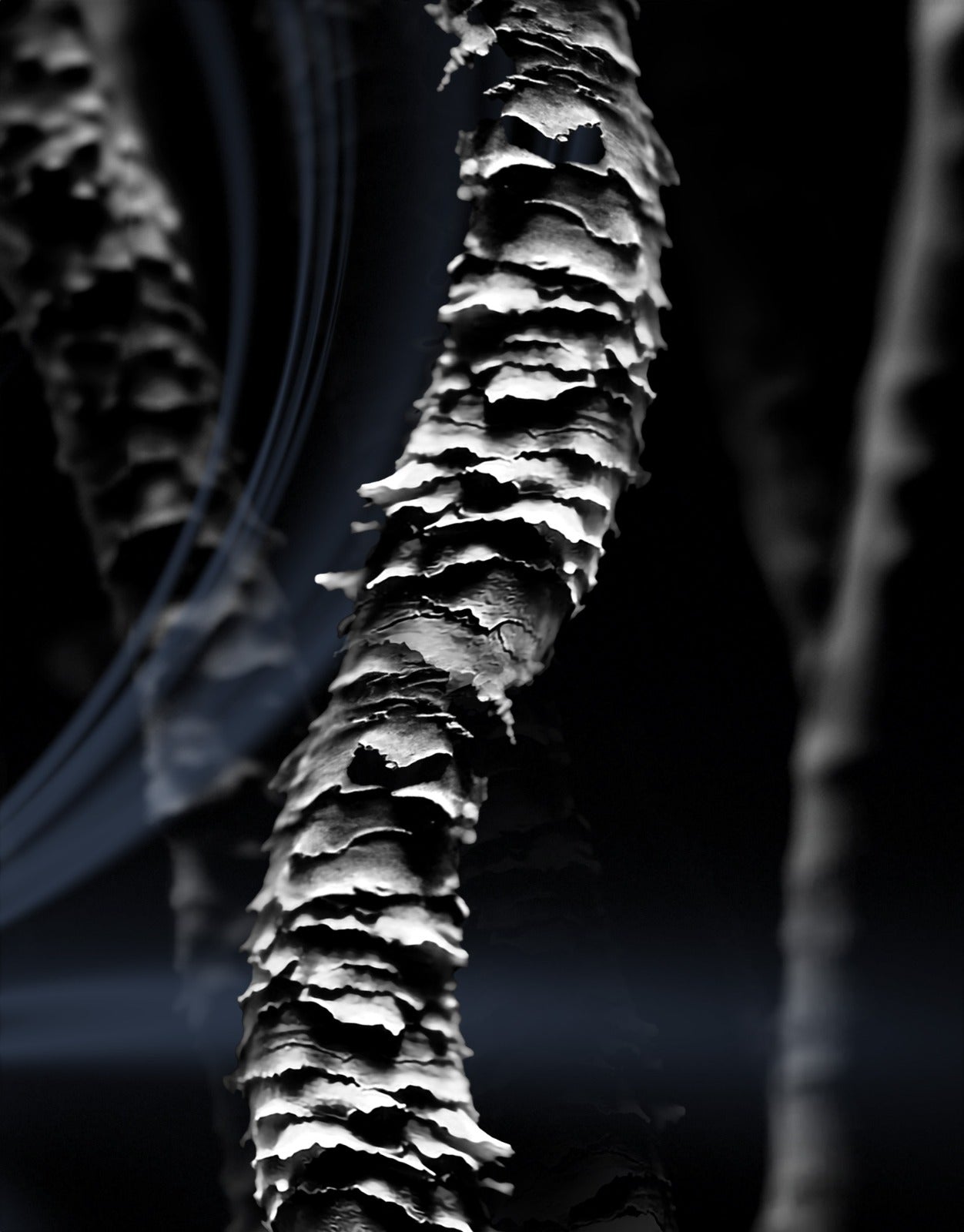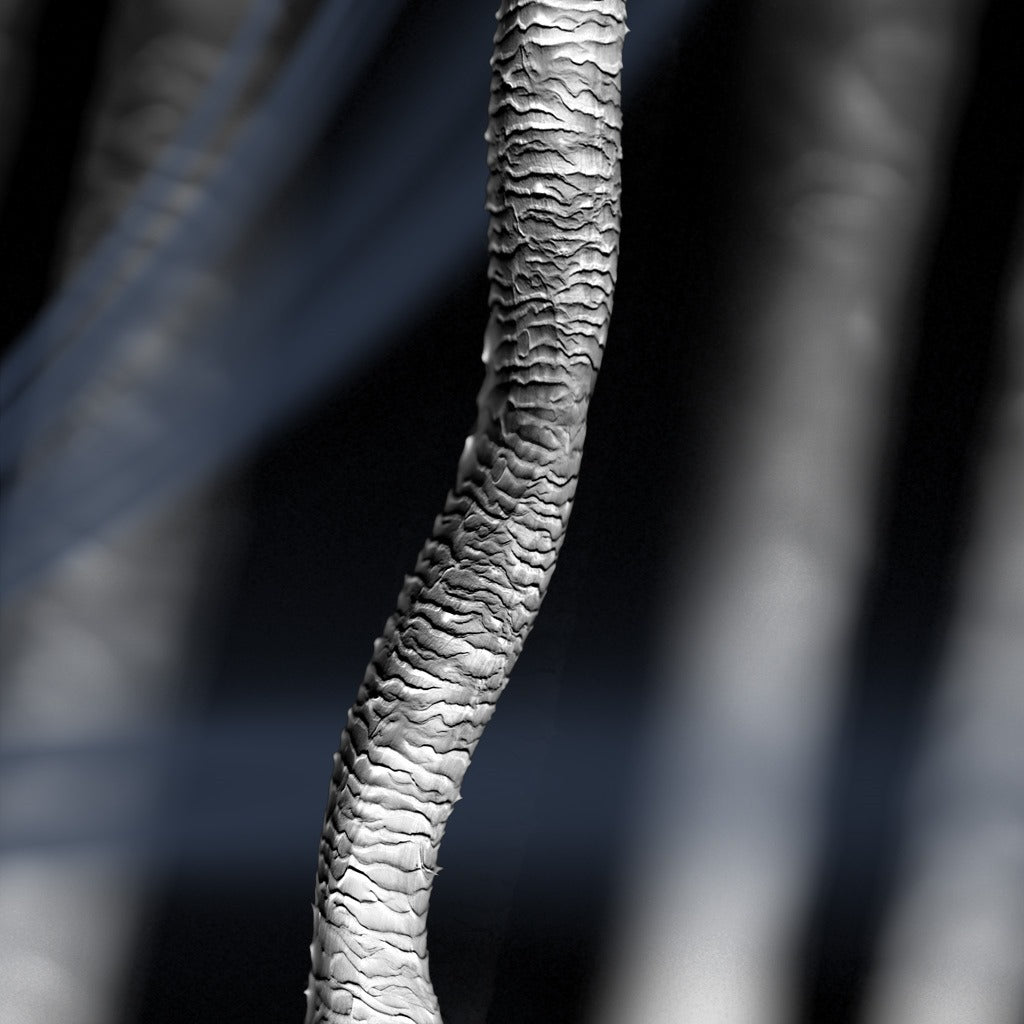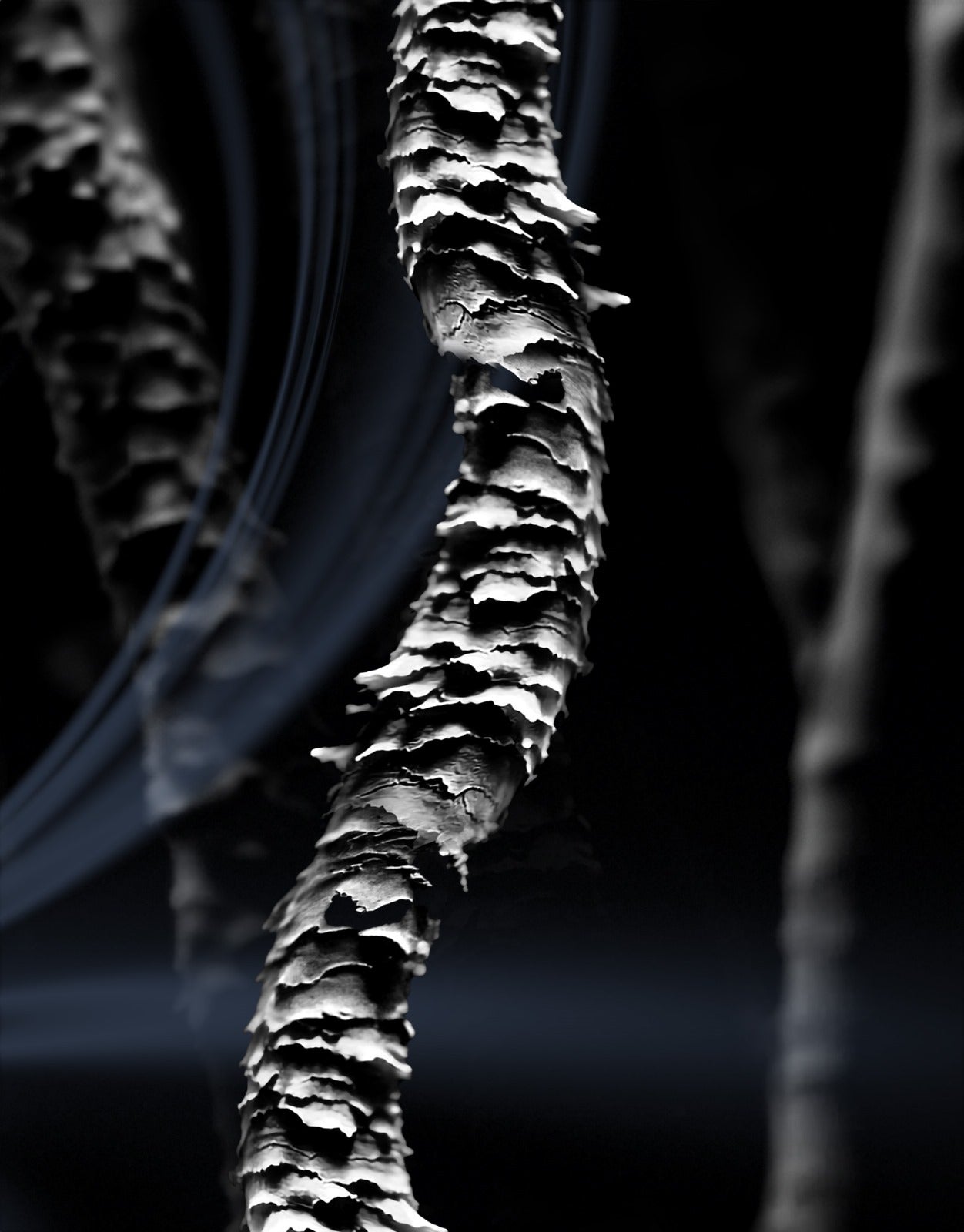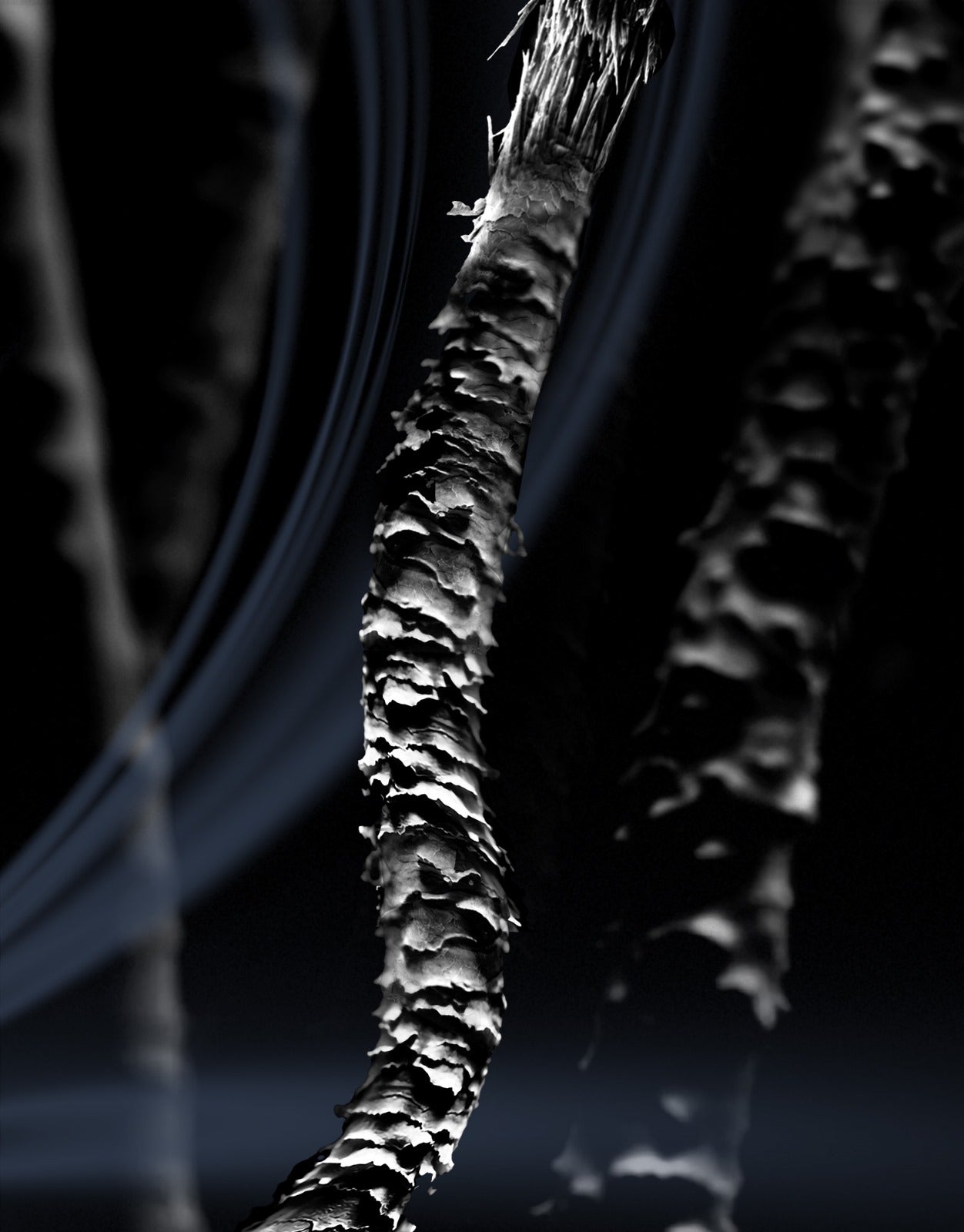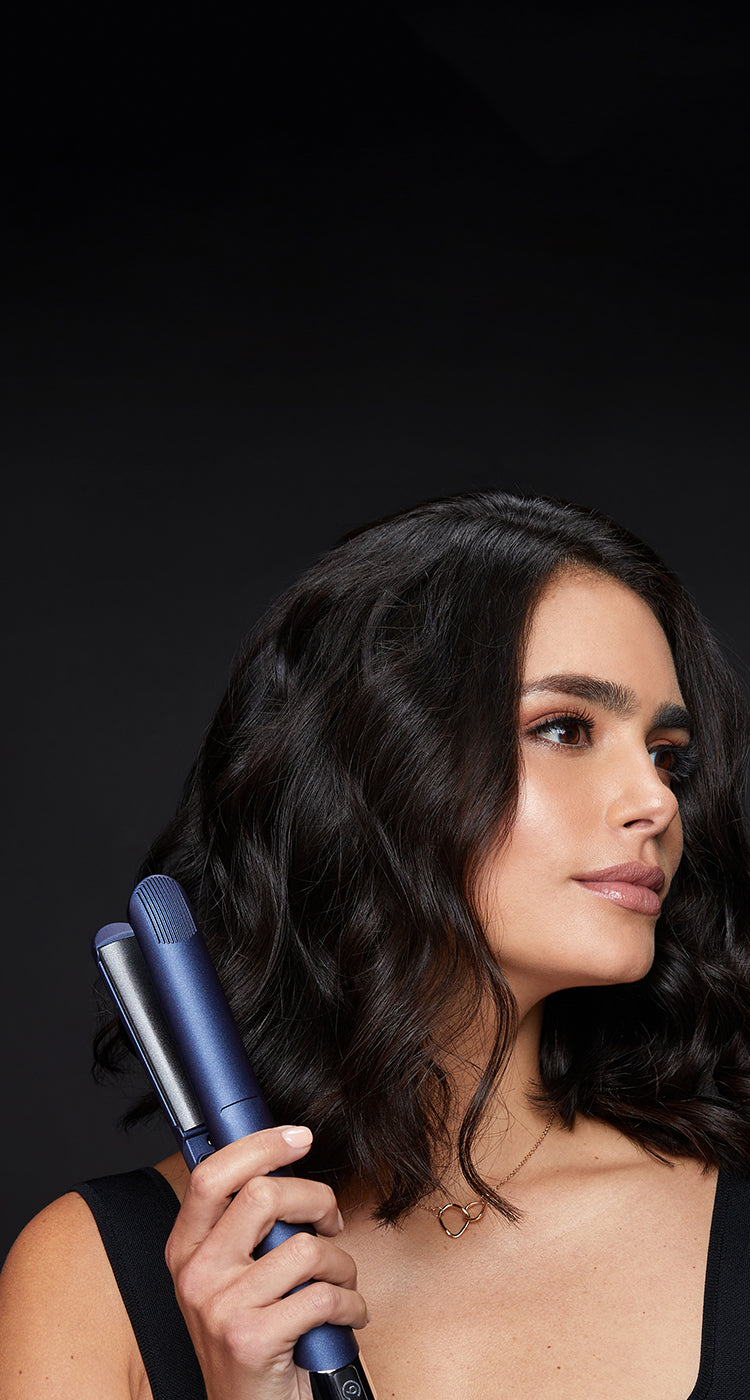
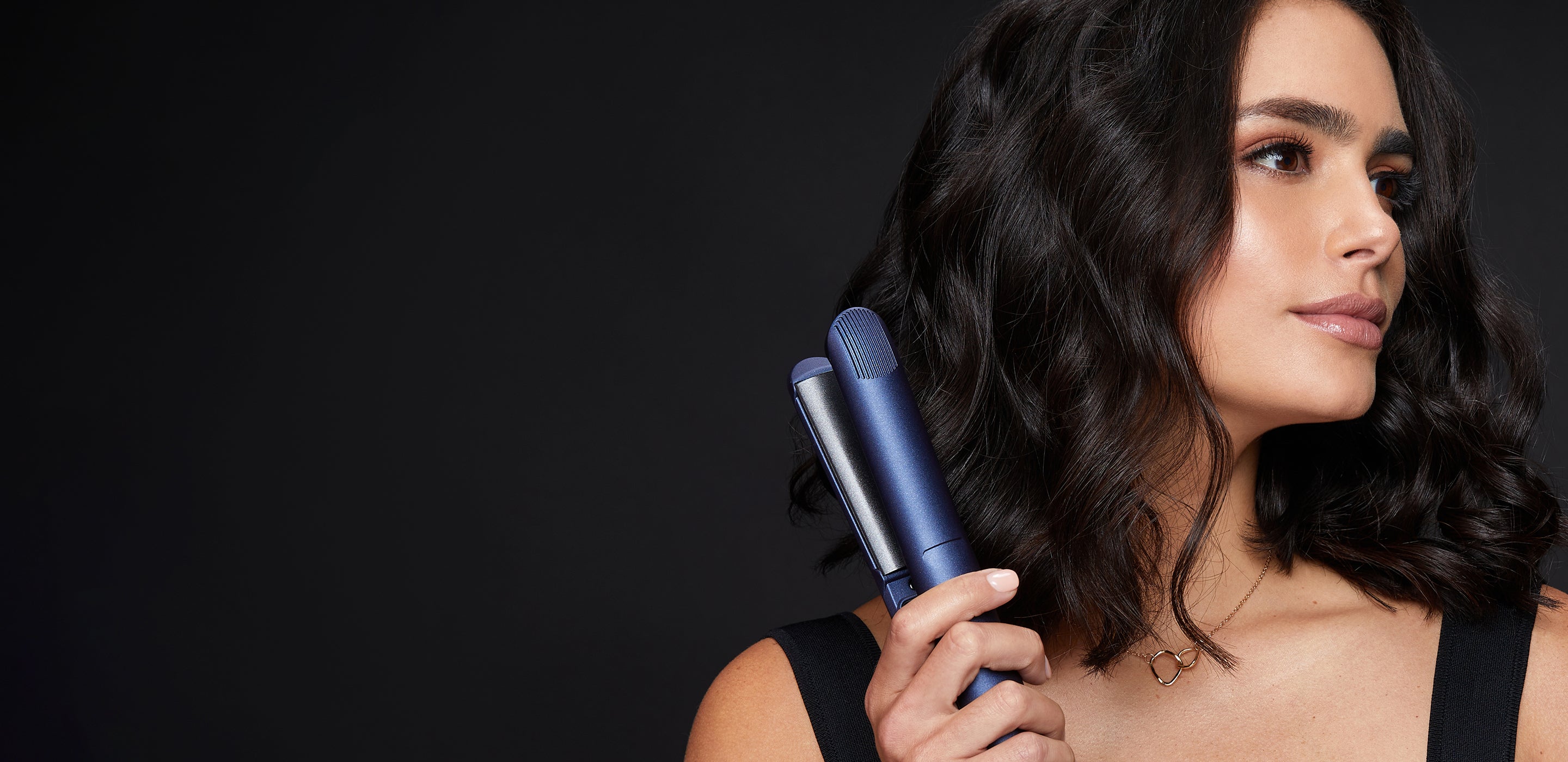
The future of hair
Experts at CLOUD NINE are showing the effects of heat styling across multiple temperatures.
As hair experts, we know that the higher the heat temperature, the more likely it will cause damage to the hair. Using heat protection sprays and products is key to maintaining your hair health, as is having a heat styling tool with variable temperature control to allow for lower levels of heat to be used when styling.
Our 2-in-1 Contouring Iron Pro does just that, with the feature of Variable Temperature Control, adjusting between 100-200 degrees. The structure of each strand of hair consists of the hair follicle; a tiny pocket where the hair grows from and the hair shaft, the hair that you see outside your skin, made of a protein called keratin. The hair follicle and shaft are connected.
Our experts have created this guide to show the future of hair, comparing the effect of repeat heat styling across different temperatures to show the effects this has on follicles and shafts when tools are used at 150 degrees, 185 degrees and 200+ degrees, across different hair types.
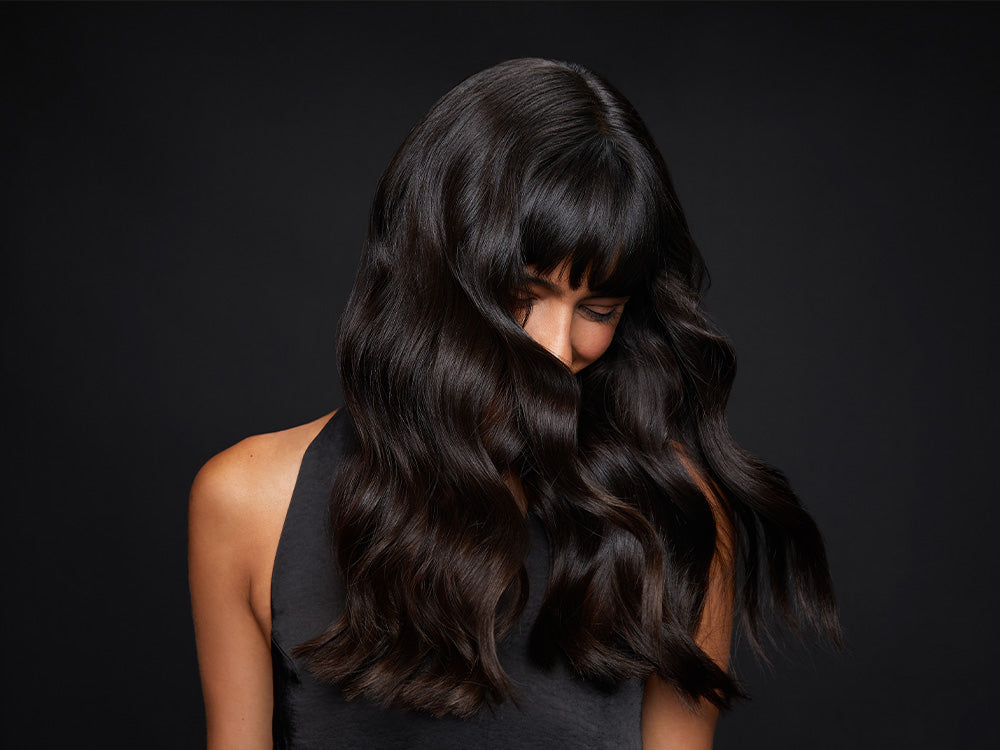
HOW MUCH DAMAGE ARE YOUR TOOLS REALLY DOING?
According to Cosmetics and Toiletries, heat styling makes use of what is commonly termed the ‘water-set process’. Water is a plasticiser for hair and accordingly, its removal creates additional internal structuring, which is often sufficient to anchor temporary styles. Ideally, these styles would last until the hair is re-wetted at the next washing.
We’ve broken down what happens to different hair types at varying temperatures, from the moisture left in the hair to the elasticity of the shaft.
Hair Type 1 - Straight Hair
Type one hair is hair that naturally lies flat or straight, there is no hint of any curl pattern or wave on this hair type. Type one hair often appears sleek and shiny as natural oils can travel from root to tip, due to its straight nature.
Hair Type 2 - Wavy Hair
Type two hair is wavy and often described as having S-shaped curls. This loose textured hair does not have defined curls and sits between straight and curly hair.
Hair Type 3 - Curly Hair
Type three hair has defined curls, these can vary between coiled or ringlets. The hair shafts are oval, which creates the curl. The texture is often bouncy or springy.
Hair Type 4 - Kinky Hair
Type four hair is very tight, textured hair. Often referred to as ‘afro-hair’, the hair has a zig-zag pattern and can be fine, dry, soft or coarse.
How to keep your hair healthy
There are many things you can do to keep your hair in top condition, without compromising on the heat-required hairstyles you love.
- Limit heat use - The best thing about styling your hair using CLOUD NINE is that the results can last for a couple of days. This means you can rework the hairstyle, making it last rather than needing to apply heat every day.
- Use temperature variation - Our heat styling tools at CLOUD NINE have Variable Temperature Control at 100-200 degrees, so you can use lower heat when necessary, reducing damage to the hair follicles and shafts. Using temperatures 185 degrees or below causes the least amount of damage to all hair types. The hair loses the least amount of elasticity in this range and the shafts remain mostly closed. Our Variable Temperature Control feature ensures you don’t have to add unnecessary heat to the hair or use damaging temperatures that are too hot.
- Use heat protectants - Always prep your hair before applying any heat. Using our Magical Potion heat protect spray, the lightweight conditioners will work to protect hair from heat damage. Heat protectants such as our Magical Potion spray add a protective layer to the hair cuticles, stopping them from rising and opening meaning they are less prone to damage and breakage. Heat protection sprays also seal moisture in the hair, preventing it from becoming dry or brittle, whilst smoothing and sealing the hair.
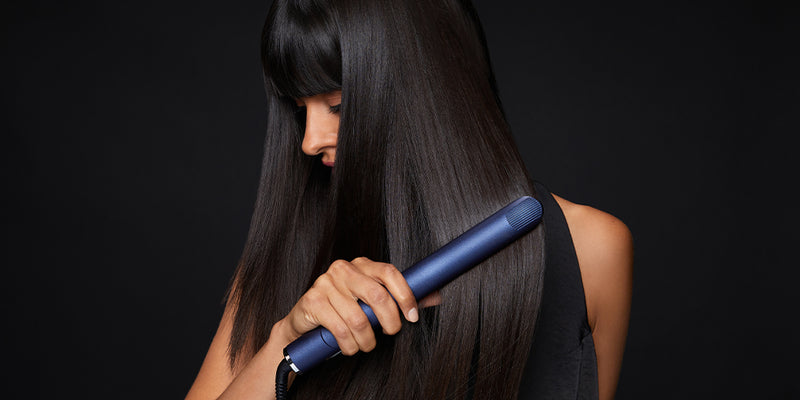
Get ahead of the curve
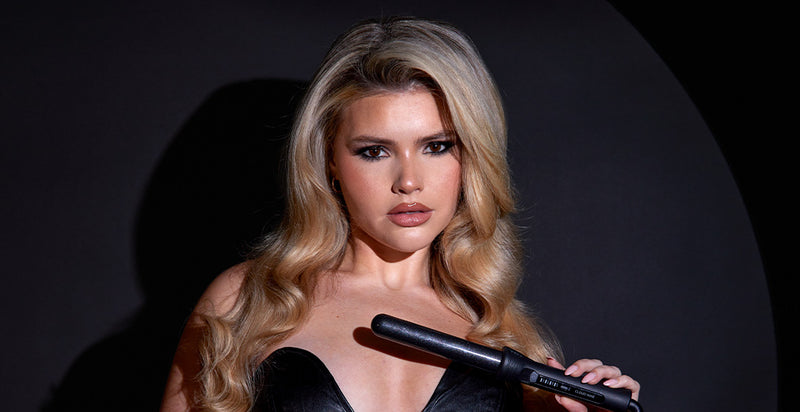
Unstoppable technology
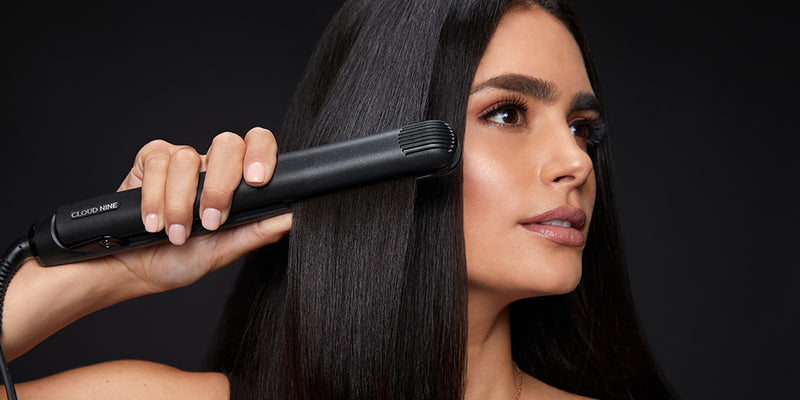
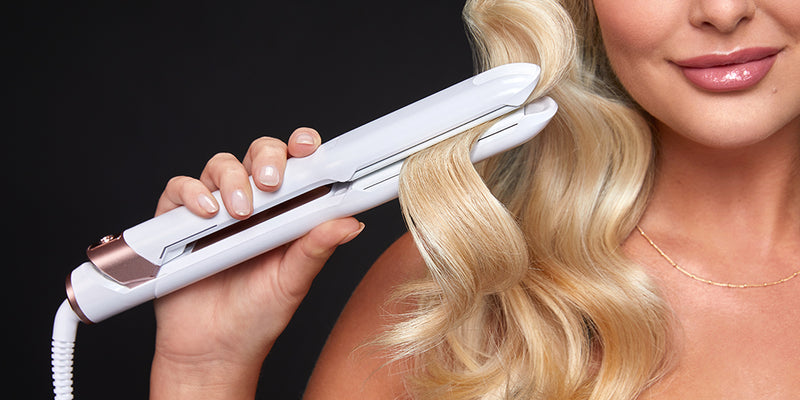
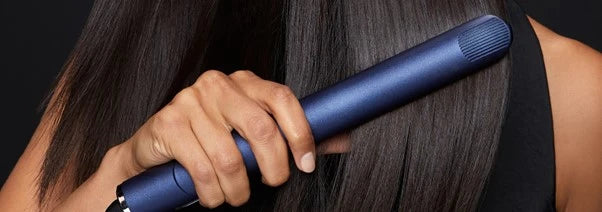
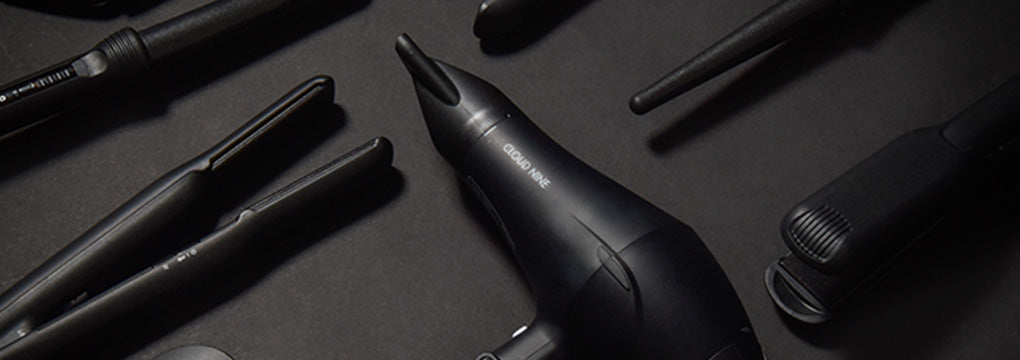
.jpg?v=1689752710510)
.jpg?v=1689752820181)
.jpg?v=1689752761257)
.jpg?v=1689753360732)
